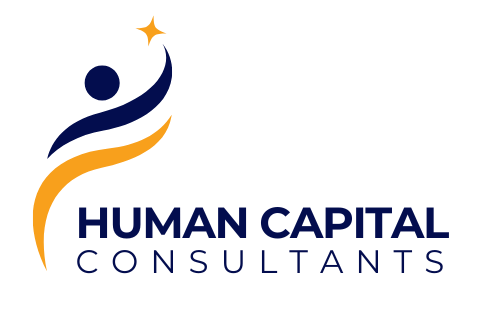Employee Compliance: A Guide for Employers
- September 22, 2024
- Posted by: editor2
- Categories:
No Comments

Employee Compliance: A Guide for Employers
Employee compliance is a critical aspect of running a successful business. It involves ensuring that your organization adheres to all relevant laws, regulations, and industry standards related to employee rights, safety, and well-being.
Why is employee compliance important?
- Legal implications: Failure to comply with labor laws can result in significant fines, penalties, and even legal action.
- Brand reputation: Non-compliance can damage your company’s reputation and lead to loss of customer trust.
- Employee morale: A compliant workplace fosters a positive work environment and boosts employee morale.
- Risk mitigation: Adhering to compliance standards can help mitigate risks associated with accidents, injuries, and discrimination.
Key areas of employee compliance:
- Employment laws: This includes understanding and following laws related to minimum wage, overtime, discrimination, harassment, and workplace safety.
- Tax compliance: Ensuring that all necessary taxes are withheld from employee paychecks and remitted to the appropriate authorities.
- Benefits compliance: Complying with regulations governing employee benefits, such as health insurance, retirement plans, and paid time off.
- Data privacy and security: Protecting employee personal information and complying with data privacy laws like GDPR and CCPA.
- Workplace safety: Creating a safe and healthy work environment by implementing safety measures and complying with OSHA standards.
- Immigration compliance: Verifying the eligibility of foreign workers to work in the United States and complying with immigration laws.
Tips for ensuring employee compliance:
- Stay informed: Keep up-to-date with changes in labor laws and industry regulations.
- Develop policies and procedures: Create clear policies and procedures that address compliance requirements.
- Provide training: Educate employees about their rights and responsibilities, as well as company policies and procedures.
- Conduct regular audits: Conduct internal audits to identify and address compliance gaps.
- Seek professional advice: Consult with legal counsel or HR professionals to ensure compliance with complex regulations.
By prioritizing employee compliance, you can create a positive and legal work environment, protect your business from legal risks, and foster a strong employer-employee relationship.

